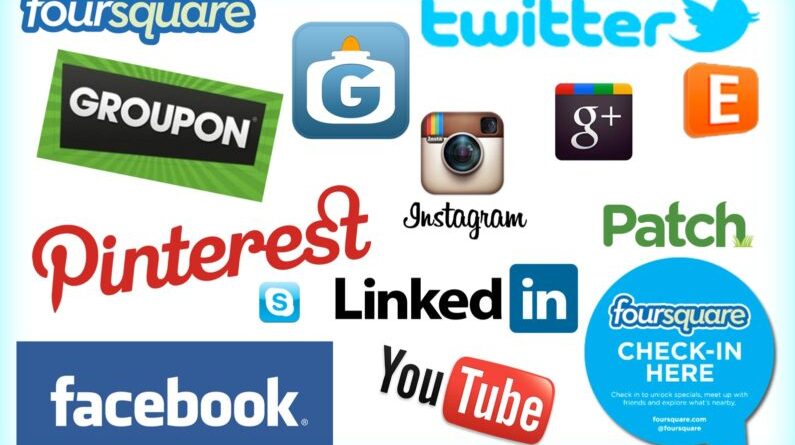Thanks to today’s social media, there’s an illusion of knowing all the details of what’s happening in other people’s lives: what they eat, where they’re headed for vacation, where they shop, what their mood is like, etc. This can mess with our heads because more often than not, the quality of people’s intimate relationships with their partners is not shared, which can then paint a rosy picture to onlookers and make you think everyone else’s life is perfect. In actuality, social media pages can be similar to a marketing ad that advertises something by glorifying its existence and utilizing images that may make you feel inadequate; magnify the high points, photo-shop or leave out the low points, and keep big, happy smiles (and PDA) at all times.
When women come to our center they are often surprised and relieved to hear that they are not alone in their symptoms. The fact that they have felt like the only person in the world suffering from sexual dysfunction is understandable. When a person is going through relationship and/or sexual issues, there can be an accompanying feeling of shame that no one else around them has what they have, because based on what they see that reality seems accurate. So here’s the reality check: Sexual dysfunction is an issue that affects individuals and couples across all categories of age, gender, race, socioeconomic status, religious background, country of origin, etc. It is not limited to people who have had sexual trauma (nor do those who experience sexual trauma definitely develop sexual dysfunction). No, your friends probably aren’t going to post about their sexual dysfunction on social media, and even your closest friends may feel too uncomfortable to speak to you about it.
Just know you’re not alone…even if the Facebook statuses reflect otherwise.

